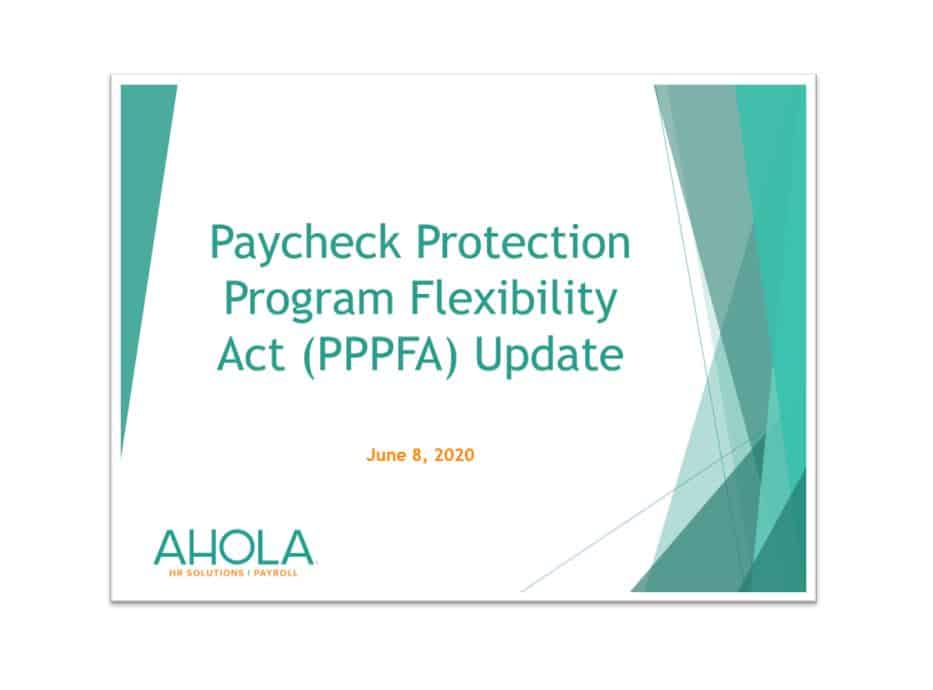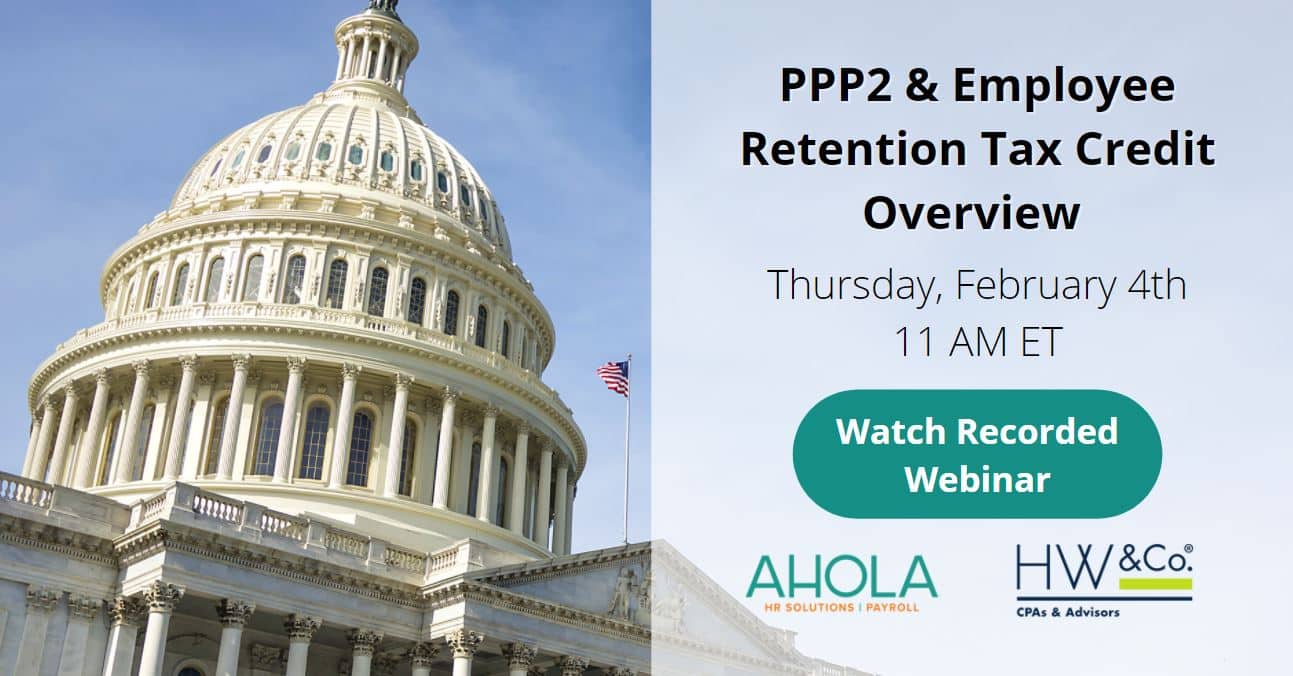What the New PPP Means for Your Business
Enacted at the end of 2020, the Consolidated Appropriations Act, 2021, allocates $325 billion to small businesses, nonprofits and venues hit hard by the COVID-19 pandemic. Of that amount, approximately $284 billion goes toward the Paycheck Protection Program. The previous round of PPP funding ended earlier in 2020.
The rules are complex, but here’s an overview of the key PPP provisions:
First-draw and second-draw loans
The new PPP is open to both first-time and second-time borrowers.
Eligible first-draw borrowers include businesses with 500 or fewer employees, sole proprietors, independent contractors and self-employed individuals.
Eligible second-draw borrowers must:
- Have no more than 300 employees.
- Have used or will use all of their initial PPP loan.
- Show at least a 25% decline in gross receipts during Q1, Q2, Q3 or Q4 of 2020, comparable to the same quarter in 2019.
Loan cap
The maximum loan amount for each PPP borrower is $2 million, decreasing from $10 million in the previous round.
Loan usage time frame
PPP borrowers must use their loan within eight weeks or 24 weeks, in order to have their loan forgiven. They must choose one or the other.
Eligible PPP expenses
As before, borrowers must allocate at least 60% of their PPP loan toward payroll costs. The new PPP adds the following eligible non-payroll expenses:
- Operating costs for human resources and accounting needs — e.g., business software used to carry out those functions.
- Worker protection costs — e.g., personal protective equipment.
- Property damage costs — e.g., certain damages not covered by insurance.
- Supplier costs — e.g., specific goods that are essential to the business’s operations.
Borrowers can also include additional group insurance in their payroll cost calculation — such as for life, dental, vision and disability insurance coverage.
Bankruptcy allowance
Unlike before, borrowers who are in Chapter 11 bankruptcy may now qualify for PPP loans.
Underserved, veteran and minority-owned businesses
There are special provisions for underserved, veteran and minority-owned businesses — including those with 10 or fewer employees and those located in low-to-moderate-income neighborhoods. Additionally, the Small Business Administration says that it will take steps to make it easier for these businesses to obtain PPP access.
More PPP provisions
- Simplified loan forgiveness application for borrowers with loans of up to $150,000. These borrowers only need to complete a one-page certification.
- Eligible expenses paid with forgiven PPP funds are tax deductible.
- Borrowers can take a PPP loan and the Employee Retention Tax Credit, so long as certain conditions are met.
- The new PPP extends the ERTC to June 30, 2021, and raises the credit rate from 50% to 70%.
Notably, the act reopens the Economic Injury Disaster Loan advance/grant program plus provides grants to shuttered businesses in the arts and culture sector, such as live venues, theaters and museums.
The PPP opened to new borrowers on Jan. 11, 2021, and to second-draw borrowers on Jan. 13, 2021. However, not all lending institutions are able to roll it out at the same time; contact your institution for details, and let us know if you have any questions.







Reply a Comment